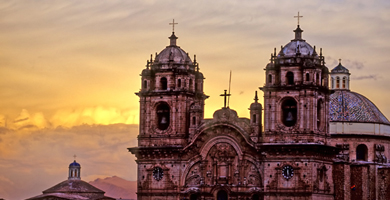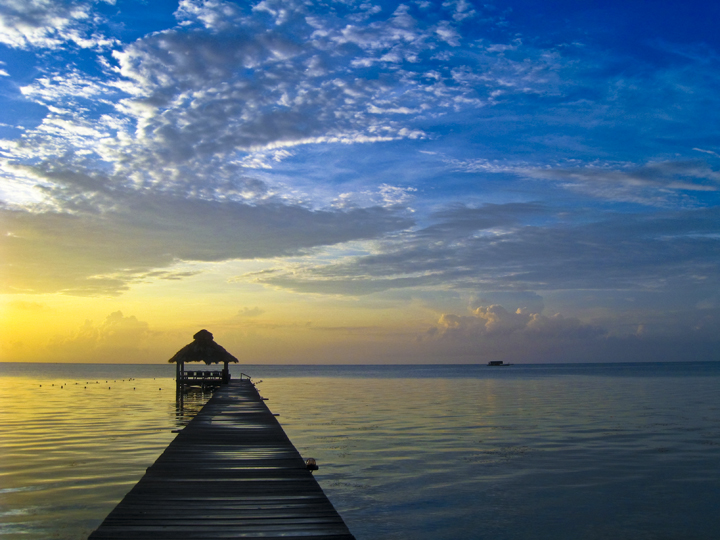Exploring CHILE: Santiago and Beyond
Michael Webb navigates Chile’s heartland, from the bustling capital of Santiago to provincial villages on the fringes of the Atacama Desert.
Chile is 4300 km long and the best-known attractions are at opposite ends: the huge Atacama Desert in the north, and the even vaster expanse of Patagonia in the south. The mid-section is underrated but has plenty to offer. A third of the 17 million Chileans live in and around Santiago, but the capital empties out in summer (December-March) as people leave on vacation. Traffic is down and there’s less smog, revealing the stunning backdrop of the Andes. It’s easy to escape into the foothills, to the wineries that are scattered though the coastal valleys, and a string of beach communities.
Before you head out, spend a few days exploring the capital. The climate resembles that of southern California: hot and dry in summer, misty and sometimes wet in winter. Providencia, a bohemian neighborhood that straddles the river (a mere trickle in February), feels like a village and makes an ideal base. Street-life is vibrant, sidewalk cafes and restaurants are thronged, cheap taxis are abundant, and the subway provides a fast link to downtown. For a comfortable, reliable trip to the airport call Taxi Officiel (02 601 9880) which offers town cars at a flat rate of $28 from the central city.
Must-sees in Santiago include the cornucopia of the Mercado Central, with its raffish fish restaurants; the Museo de la Moda, a modernist mansion in Vitacura, where you can explore a fabulous couture collection and lunch at the chic El Garage cafe; and the temporary exhibitions (currently of Roberto Matta) in the lofty arts center below La Moneda, the presidential palace. That site recalls the violent coup of 9/11/1973 in which the military overthrew the socialist President Allende, bombing the palace, and instituting a reign of terror. The new Museum of Memory at Quinta Normal commemorates the victims of Pinochet’s brutality and the heroic resistance to his rule. Close by is Matucana 100, an adventurous cultural center. Another must for lovers of music and dance is the Gabriela Mistral Cultural Center, a heroically scaled block, soon to be joined by a new opera house.
You’ll need a car when you venture beyond Santiago; rental charges are high as is gas, and AutoEurope is a firm to avoid. Also, you should know that Chile has a singular lack of road signs; a GPS with local maps is essential. An hour’s drive from the capital is the port city of Valparaiso, which acquired great wealth in the 19th century, and was then devastated by an earthquake and the opening of the Panama Canal in the early years of the 20th. It’s a city of precipitous streets that wind up through the hills, colorful tin facades, and a wonderfully eclectic mix of commercial buildings at the center. Century-old funiculars creak upwards, and daredevil collective taxis plunge downwards. The Spanish built a fort overlooking the city, and the jail that replaced it has been converted into a cultural park for resident artists and popular events. Many of the restaurants in the picturesque Cerro Alegre are tourist traps; a notable exception is Pasta y Vino, a clean-lined space with exemplary northern Italian cuisine.
Route 5, the Pan American Highway that is now an autopista with heavy tolls, provides a fast axis, north to south, but stay within the posted speed limits, for the road is zealously patrolled. The outskirts of La Sirena are a squalid mess, but it’s worth driving this far to see the stars. You are on the edge of the Atacama desert, where the skies are crystalline year-round and professional astronomers flock to observatories that are as high as 5000 meters. Those are mostly off-limits to the public, but you can sign up for a night visit to the municipal Collowara Observatory near Andacollo, or one of four rivals in the region. At 10.30 the Milky Way appears as bright and close as the moon seems to be in a city, and it’s easy to pick out the constellations. Visitors line up to peer though the small telescopes, but the magic carpet of the sky is enough in itself.
Drive another four hours to Copiapo to explore the Parque Nacional Tres Cruces. La Casona, a charming hacienda on O’Higgins Street, is a good place to stay, and it’s a hundred meters from Legado, a surprisingly good restaurant for a small provincial town. For your day trip into the park, it’s best to call a professional guide or ask a local to drive you (everyone here seems to have a 4WD truck). It’s a 550km round-trip to Laguna Verde on a rutted road leading to the San Francisco pass and the border crossing with Argentina. A new road is being built from the frontier, kicking up clouds of dust. Try to go before it’s finished. The worse the roads, the fewer tourists, and at present the park is blessedly free of buses. In fact there were almost no visitors on a Saturday in January, and the feeling of remoteness was priceless. The road ascends through steep and rugged canyons and levels off on the altiplano at 4500 meters. A family of llamas trots across the road. Softly rounded hills streaked with minerals are topped by snow-capped peaks, and suddenly you reach your destination: an extended turquoise lake ringed by mountains. It’s swept by an icy wind and you feel you’ve reached the roof of the world.
Click here to read Michael’s guide to Santiago.
Michael Webb
around the world.
Latest posts by Michael Webb
- DESTINATION: Revisiting the South of France - April 30, 2024
- Exploring the Czech Republic - January 29, 2024
- Rediscovering Morocco - April 6, 2022










